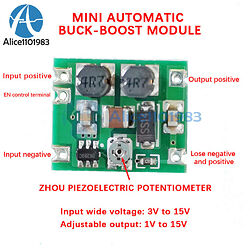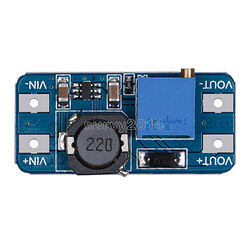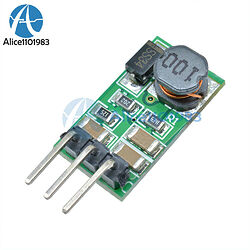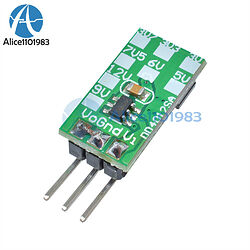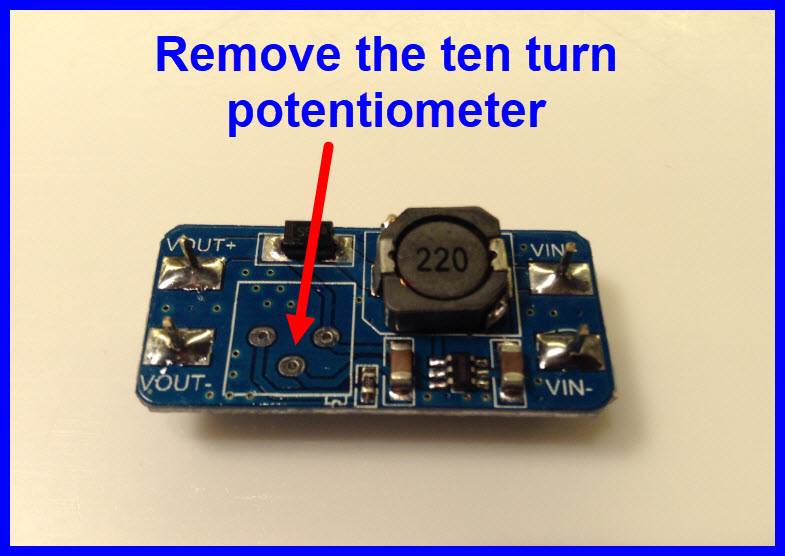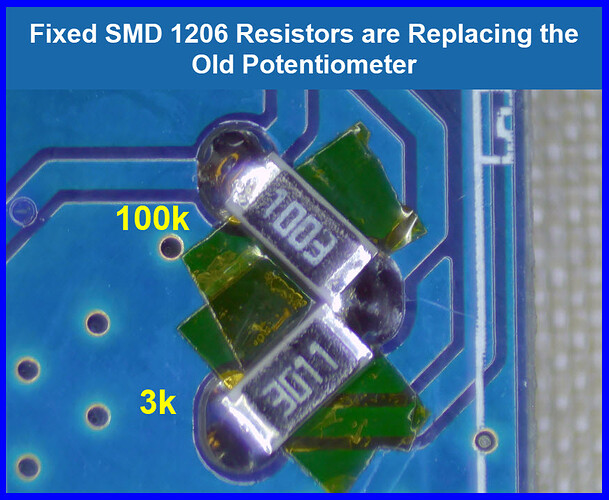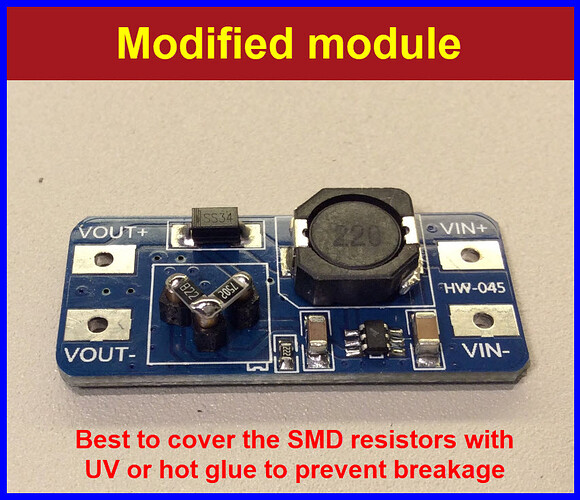Yeah, I get that testing would need to be done to make sure it works. Based on the datasheets though, seems like they might be possible candidates? Just need to put some stuff together to test.
BTW
I quite like the:
AO4484 (N channel) with Rds(on) 10mΩ and Vgs(max) @ ± 20V
AO4409 (P channel) with Rds(on) 9.5mΩ and Vgs(max) @ ± 20V
SOIC-8

SOIC-8 to DIP PCB
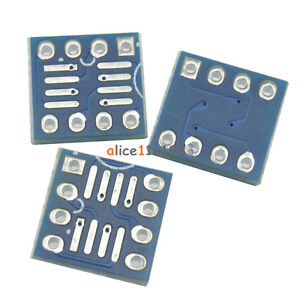
You will be in saturation region with a Vgs of 3.5V. But note that this is for a 10 us pulse only.
At Vgs of 4V, your Rds(on) is already 39 mOhms.
LarryD's recommendation of the AO4484 is better, with Rds(on) of 10 mOhms at Vgs of 4.5V.
Other suggestions include IRLB8743. If you look at its data sheet, the Rds(on) is 3.5 mOhms at Vgs of 4.5 V.
Also look at Fig12: the Rds on rapidly increases as Vgs drops below about 3.5V
I like that those are pretty well a matching pair, and seem to have good specs even with my limited knowledge.
Slightly off topic, but what do you think of this for power?
The good thing about these regulators is efficiency.
The downside to switching regulators is the need for a lot of external components and extremely careful board design.
Over the years I’ve settled on using ready made converters.
These are inexpensive, have a relatively small foot print and are a proven design.
Use them as daughter cards on a PCB.
Example
For a boost buck converter, I use these:
For a boost converter:
For a buck converter:
I have used something like that once before. I'm not a fan of the ones with a potentiometer though. Over time they get dirty or vibrations make them lose their adjustment. I had one powering an Onion Omega 2+ and couldn't figure out at first why it wouldn't boot. Seemed to be powering up, light was flashing, but never went steady saying it was booted and connected to WiFi. Turned out somehow the voltage went down just enough that it couldn't read the storage and boot.
This topic was automatically closed 180 days after the last reply. New replies are no longer allowed.
